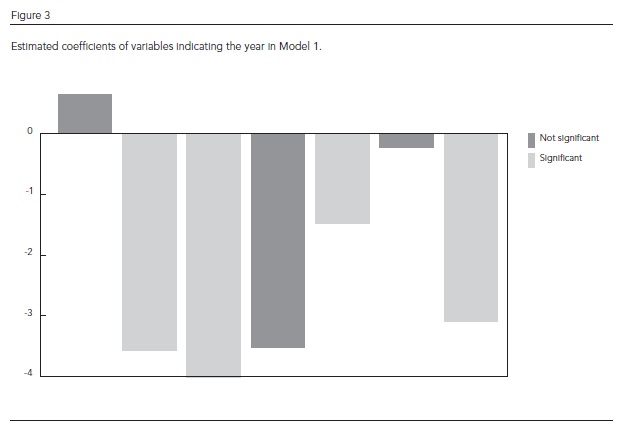Dengue, a reemerging disease, is one of the most important viral diseases transmitted by mosquitoes. Climate is considered an important factor in the temporal and spatial distribution of vector-transmitted diseases. This study examined the effect of seasonal factors and the relationship between climatic variables and dengue risk in the city of Rio de Janeiro, Brazil, from 2001 to 2009. Generalized linear models were used, with Poisson and negative binomial distributions. The best fitted model was the one with "minimum temperature" and "precipitation", both lagged by one month, controlled for "year". In that model, a 1°C increase in a month's minimum temperature led to a 45% increase in dengue cases in the following month, while a 10-millimeter rise in precipitation led to a 6% increase in dengue cases in the following month. Dengue transmission involves many factors: although still not fully understood, climate is a critical factor, since it facilitates analysis of the risk of epidemics.
Dengue; Climate; Temporal Distribution





